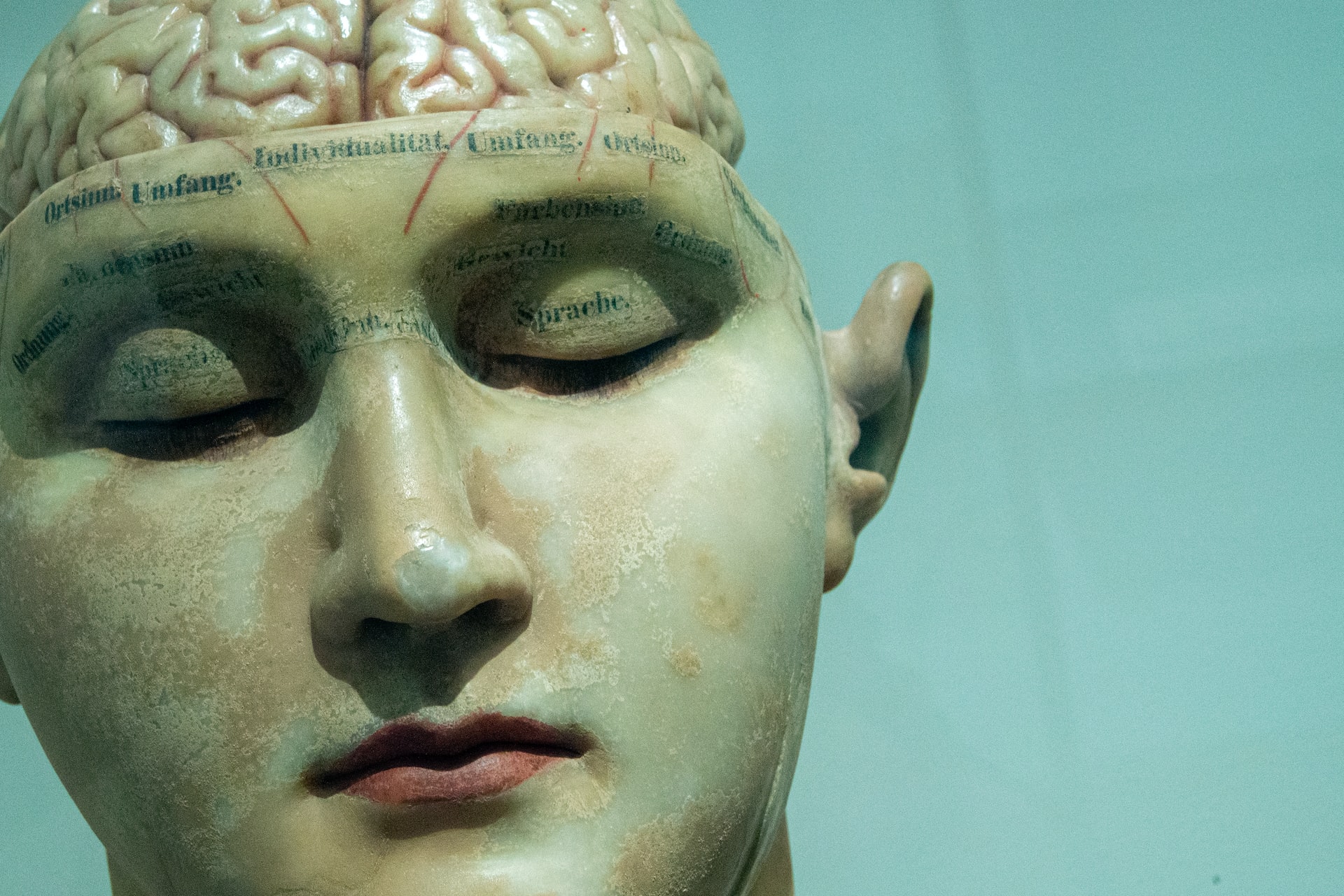How to Help a Person With Alzheimer’s Use a Tablet
Alzheimer’s disease is a progressive brain disorder that affects millions of people worldwide. One of the common symptoms of this disease is memory loss, which can make it difficult for those living with Alzheimer’s to learn and adapt to new technology. However, with the advancement of technology, tablets have become a popular tool for communication and entertainment. In this article, we will discuss how to help a person with Alzheimer’s use a tablet.
1. Understand their limitations
Before introducing a tablet to someone with Alzheimer’s, it is essential to understand their limitations. People with Alzheimer’s may have difficulty remembering new information or following complex instructions. They may also have trouble with their motor skills, making it challenging to navigate the device. Therefore, it is crucial to have realistic expectations and be patient when introducing a tablet to someone with Alzheimer’s.
2. Choose a user-friendly tablet
When selecting a tablet for someone with Alzheimer’s, consider the user-friendliness of the device. Apple’s iPad is often recommended as it has a simple and intuitive interface. However, there are also other options available in the market that have larger icons and fonts, making it easier for those with Alzheimer’s to see and use.
3. Personalize the tablet
Once you have selected a tablet, personalize it according to the user’s preferences. This includes setting up the wallpaper with a familiar photo or favorite color, organizing the apps on the home screen in a logical manner, and adjusting the font size and brightness according to their needs. This will make the tablet more personalized and easier for them to navigate.
4. Keep it simple
When teaching someone with Alzheimer’s how to use a tablet, it is essential to keep things simple. Avoid using technical jargon and focus on the basics. Start with basic tasks like turning the tablet on and off, navigating the home screen, and opening and closing apps. Be patient and repeat the steps as many times as needed until they feel comfortable.
5. Use visual aids
People with Alzheimer’s often respond better to visual aids. Therefore, using pictures or videos to demonstrate how to use the tablet can be helpful. You can also use a tablet tutorial or an instructional video specifically designed for seniors to help them understand the device’s features better.
6. Encourage familiar activities
One of the best ways to help someone with Alzheimer’s use a tablet is by encouraging them to engage in familiar activities. For example, you can download their favorite music or audiobooks and show them how to access them on the tablet. This will not only give them a sense of familiarity but also make the learning experience more enjoyable.
7. Utilize memory and brain-training apps
There are several memory and brain-training apps available that can be beneficial for those with Alzheimer’s. These apps can help improve memory, attention, and problem-solving skills. They can also provide a fun and engaging way to keep the brain active and stimulated.
8. Be patient and positive
Learning how to use a tablet may be challenging for someone with Alzheimer’s, so it is crucial to be patient and positive throughout the process. Avoid getting frustrated or showing impatience, as this may discourage them from using the device.
9. Seek help if needed
If you find that your loved one is having difficulty using the tablet, do not hesitate to seek help from a tech-savvy family member or a professional. They can provide additional guidance and support to help your loved one learn how to use the tablet effectively.
In conclusion, introducing a tablet to someone with Alzheimer’s can be a useful tool for communication, entertainment, and brain stimulation. With patience, personalized settings, and simple instructions, you can help your loved one learn how to use a tablet and enjoy its benefits. Remember to keep things simple and focus on familiar activities, and don’t forget to be patient and positive throughout the learning process.





